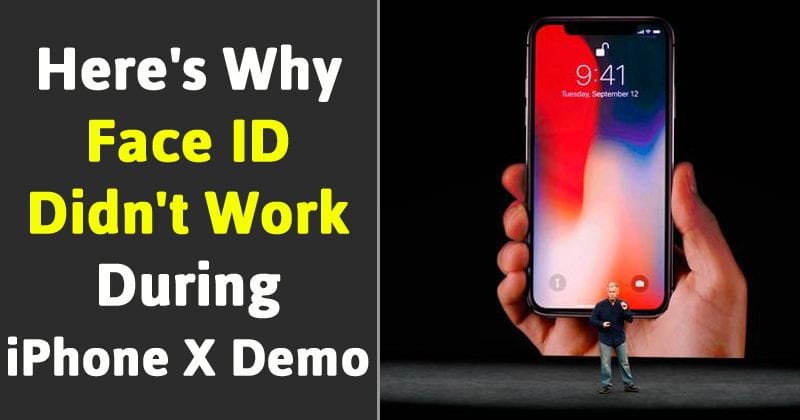Face ID was the star of the party for the way it promises to mark the security on the smartphone but also for the future trend of many other devices. Of course, Craig Federighi’s little confusion, responsible for the presentation of the technology, immediately caused a whisper and doubts about its effectiveness. But it was not because of insecurity, quite the contrary, and Apple explained.
Face ID will be the safest system in the mobile segment
At the time iPhone X is called to show its capabilities with Face ID, this does not match the expected, as it does not read the user’s face, instead asks for the access code. Realizing that iPhone X was asking for the access code, Apple engineer Craig Federighi had to use another iPhone to continue the demonstration. Due to the error happened, the Internet did not pardon and began to appear several memes in the social networks ridiculing the situation. In fact, this was enough for the tech giant Apple’s stock to drop slightly during Keynote. Thus, the tech giant Apple issued a statement explaining what had happened in the demonstration where the new functionality of iPhone X failed. According to the tech giant Apple, the people in charge of bringing the new iPhones to the stage before the event did not realize that Face ID was trying to recognize their faces to allow the unlocking of the iPhone. After failing a number of times because they were not Craig Federighi, the smartphone asked for the access code. In this way, Face ID worked as expected. No doubt most people jumped to conclusions about the success of the demonstration and quickly began to call it “Fail.” In fact, the explanation of what happened in the event by each and everyone those who were present there is not far from the truth, thus they know that the Face ID actually worked properly. Now the tech giant Apple has clarified the situation there is no doubt that Face ID works and that it will actually be a fairly secure authentication method. Hopefully, in future events, the tech giant Apple will be more careful with the devices it uses for demonstrations. Currently, the Touch ID has a similar behavior, that is, when in certain circumstances the iPhone is put in certain scenarios, the access code is immediately requested. And many of these situations are similar to Android devices.
These are the current conditions:-
The device has just been powered up or restarted Device has not been unlocked for more than 48 hours The password was not used to unlock the device in the last six days and the Touch ID did not unlock the device in the last eight hours The device received a remote lock command After five unsuccessful attempts to match a fingerprint When setting up or registering new fingers with Touch ID
So, what do you think about this? Simply share your views and thoughts in the comment section below.
Δ


